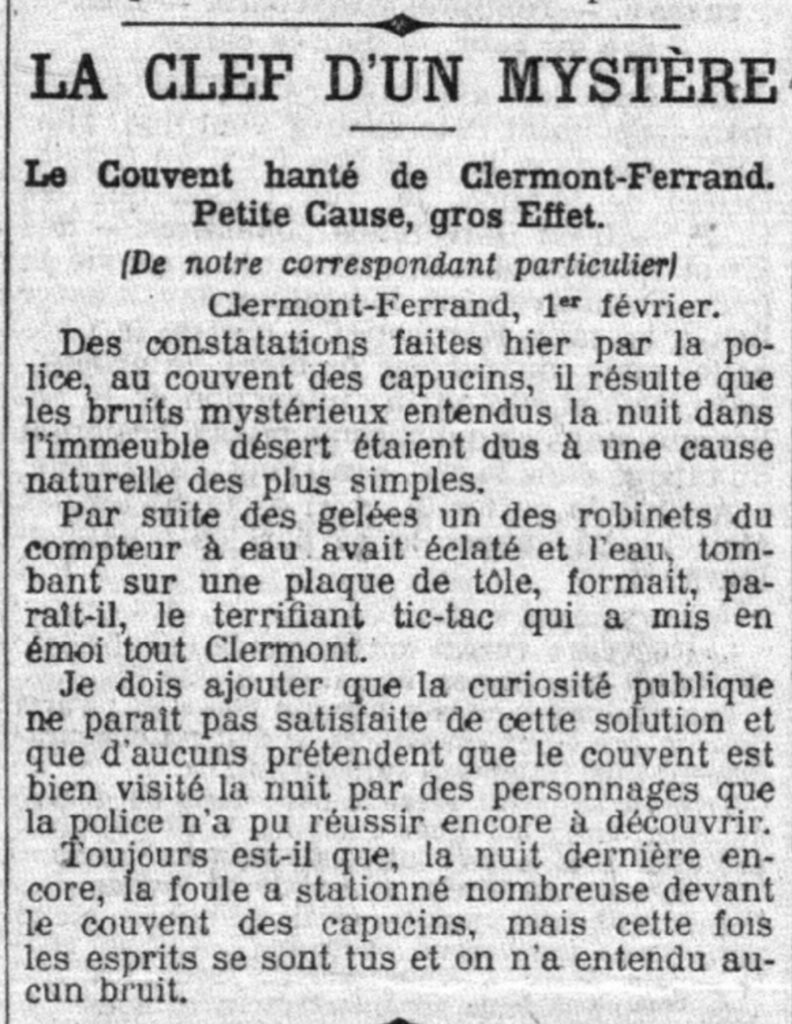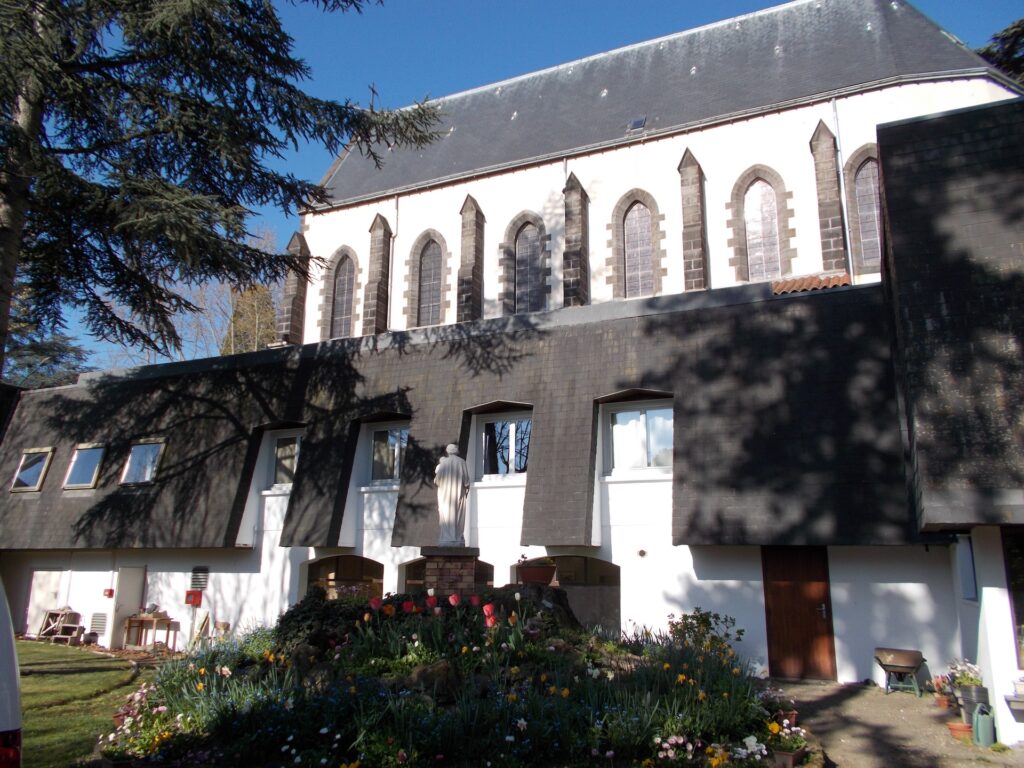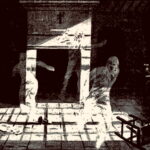Auvergne folklore is full of ghost stories, most of which feature a romantic setting. A mountaintop castle, a ruinous abbey tenanted by bats, a crypt with the bones of Templar knights — all the hallmarks of Gothic literature. Sometimes, however, the Auvergne ghost story takes place amidst the hustle and bustle of metropolitan life.
Here the roving ghosts — motivated, perhaps, by the chance to enjoy pleasures that only the city can provide — find some old, beaten-down residence, and grace it with their hobgoblinish presence, much to their neighbours’ horror. While stories of urban hauntings are far less easy to come by, Clermont-Ferrand is one of the few Auvergnat cities that has, throughout history, served as a locus for reports of paranormal activity.

One newsworthy haunting in Clermont apparently started on 31 January 1905 at the city’s Capuchin monastery, a quiet and unassuming complex situated on Cours Sablon, near the northeast corner of Jardin Lecoq. As noted by French newspapers at the time, anomalous noises suddenly started issuing from the grounds of the then-abandoned building, frightening locals:
It is certain, and many people can confirm, that in this vast monastery, located at the corner of Cours Sablon and Boulevard Lafayette, abandoned for a long time by the expelled Capuchins and with its doors sealed by the liquidator, muffled noises are heard during the night, shaking the ground. Crowds gather in front of the gate to listen to these noises, and the strangest legends are circulating.
The authorities were called in to investigate, and in a few days’ time, the papers relayed their findings. The cause of the nightly clangours, the police claimed, was none other than a broken faucet:
From the observations made yesterday by the police at the Capuchin monastery, it appears that the mysterious noises heard at night in the deserted building were due to a very simple natural cause. Due to the frost, one of the water meter’s taps had burst, and the water, falling onto a metal plate, apparently produced the terrifying ticking sound that caused a stir throughout Clermont. I must add that public curiosity does not seem satisfied with this explanation, and some claim that the monastery is indeed visited at night by figures that the police have not yet managed to identify. Be that as it may, last night, a large crowd once again gathered in front of the Capuchin monastery, but this time the spirits fell silent, and no noise was heard.

It all seems simple enough. But what about the “figures that police have not managed to identity”? Were supernatural beings involved or could there be a more mundane explanation? I have a theory that may shed some light on the question.
On 7 July 1904, France passed the Combes Law, anti-clerical legislation that limited the power of Catholic institutions and gave state functionaries the power to inventory and liquidate certain assets of unauthorised religious congregations. Liquidators in Clermont quickly turned their eyes to the Capuchin monastery, expelling friars from the premises on 18 August. The authorities’ clash with the chapter’s superior, Father Léonce (who angrily denounced his treatment and excommunicated the police commissioner), was chronicled by L’Express du Midi.
I wouldn’t be surprised if Léonce or persons affiliated with him had something to do with the haunting. One possible explanation could be that the Capuchins were using the cover of night to secretly remove anything of extreme value that could be confiscated by the police. If they had to move furniture, pry open boarded windows, or break chains, they would have made quite a bit of noise — certainly enough to raise suspicions. And once people started talking about the strange sounds, the monkish night crew may have generated — or at least helped to spread — ghost tales.
Although the monastery is no longer abandoned, it remains gated and not open to the general public, which means there isn’t much to see from the road. However, visitors are free to attend services in the chapel. I assume that nowadays the only “ghost” one can encounter there is the Holy Ghost. But who knows, perhaps one day in the future I’ll be informed otherwise.
In the words of the American folklorist Charles G. Leland: “Minor local legends sink more deeply into the soul than greater histories.” To learn more about Clermont-Ferrand’s seemingly endless secrets and ghostlore, sign up for our newsletter below.











